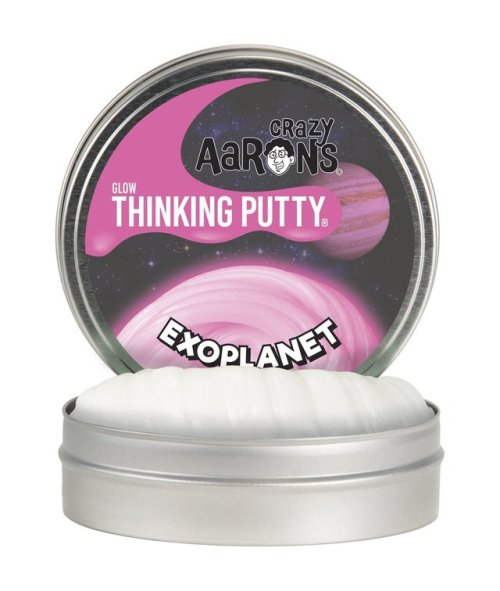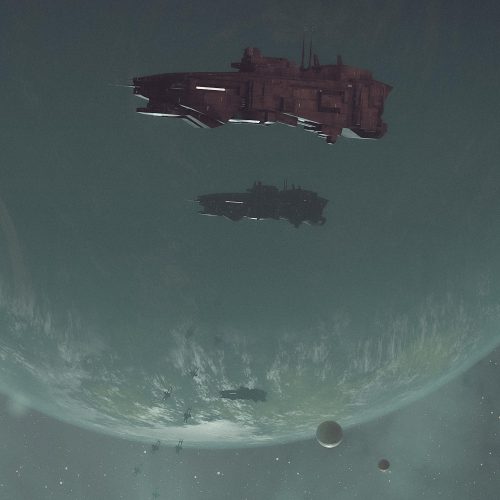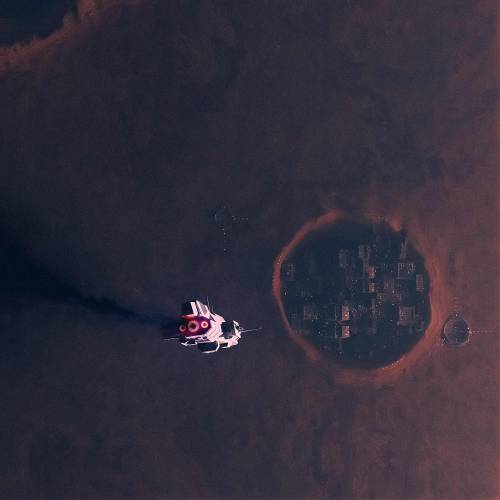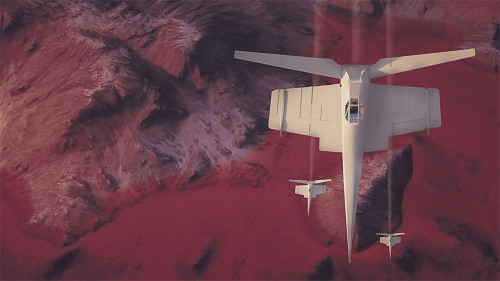#exoplanet
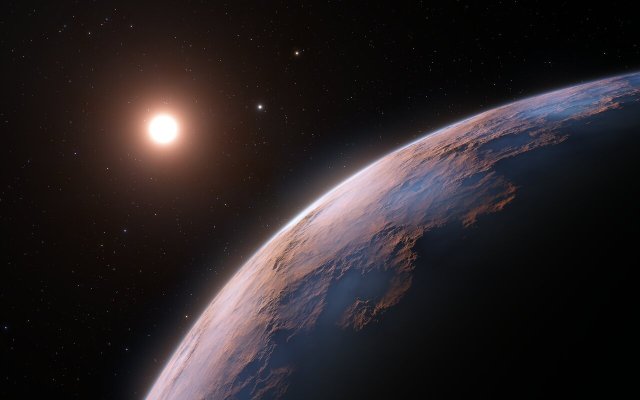
New planet detected around star closest to the Sun
A team of astronomers using the European Southern Observatory’s Very Large Telescope (ESO’s VLT) in Chile have found evidence of another planet orbiting Proxima Centauri, the closest star to our Solar System. This candidate planet is the third detected in the system and the lightest yet discovered orbiting this star. At just a quarter of Earth’s mass, the planet is also one of the lightest exoplanets ever found. (source)
“250 Years of Planet Detection in 60 seconds.” Source here.
If you like this check out how “Jupiter ‘shepherds’ asteroids.”
Post link
Okay, I know slime is the bigger fad, but personally I prefer these space-themed puttys from Crazy Aarons. I can’t wait to take all my stress out on a fistful of the Milky Way or the North Star. ;)
Cosmic Putty: Star Dust,Milky Way,Infinite Nebula,Exoplanet,Northern Lights,Aura,Solar Wind,North Star
BONUS: The Milky Way, Exoplanet, Northern Lights, Aura versions are all glow-in-the-dark!
-Summer
Post link







always healthy




exol day ♥︎

1. New browser plug-in lets you access millions of scientific papers for free and legally!
2. After millions of years, Earth passed the 410ppm CO2 thresholdagain
2.1 At the same time, entire rivers disappear because of retreating glaciers
3. We marched for SCIENCE!! (here’s my face and a dumb sign I made)


4. Another asteroid flew by at about 1 million miles away
4.1 In similar news: The Lyrid meteor shower peaked over the weekend

5. We just keep finding more and more potentially habitableexoplanets
6. The LHC found some shiny new particles, maybe
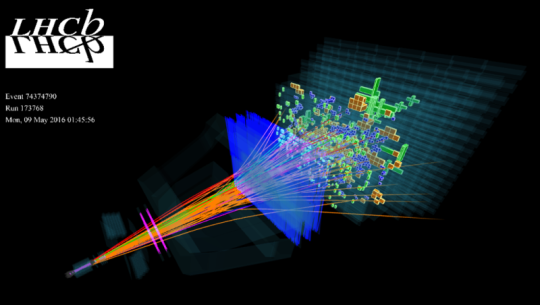
7. We find out that aliens are probably not trying to communicate with lasers
8. Pigeons, among a few other species, build knowledge across generations
9. Spider feet up close are kind of cute

10. Human umbilical cord proteins revitalize aged brainsin mice
11. Here’s what will happen to Earth and the Universe in the next 100,000,000,000,000,000,000years
12. This 5-foot-long ship worm has a stinky story of evolution

13. Unpublished, 40-year-old study shows that Saturated Fats are not evil (also shows the importance of publishing undesired results because that’s how science works, and is how this myth was perpetuated in the first place. /rant)
14. This bone-protein could treat Diabesity
15. Behold! Triboluminescence (because breaking chemical bonds with a blender is fun)

16. For your weekly dose of pseudoscience bull-shit: Crazy antivaxers are saying vaccines cause dog-autism

KAI SOLO – KOLO 开






JONGIN PACK (KAI) 开
please like/reblog if you save!!
Looking for a Plan B for Planet Earth?
On October 6, 1995, astronomers Didier Queloz and Michel Mayor made an announcement that while it had been long anticipated was still stunning: they had discovered the very first exoplanet orbiting around a main sequence star, 51 Pegasi. Although three other exoplanets (one orbiting gamma Cephei, discovered in 1988 by the Canadian astronomers Bruce Campbell, G. A. H. Walker, and Stephenson Yang, confirmed in 2003; and two planets orbiting PSR 1257-12 discovered by radio astronomers Aleksander Wolszczan and Dale Frail in 1992) had been discovered prior to Mayor and Queloz’s announcement, 51 Pegasi was the first exoplanet to be discovered orbiting a main sequence star that is very much like our sun, and therefore thought capable of supporting life. The official name of this exoplanet is 51 Pegasi b, the lower case b denoting that the star has a companion that is not also a star (as in binary systems), and also referring to its unofficial name of Bellerophon. Bellerophon was the name of the hero from Ancient Greek mythology who tamed the Pegasus. It has since been noted that this planet orbits its star very close and probably has surface temperatures in excess of 1200 degrees, making it unfit for most of the life as we know it on earth.
The word exoplanetis a combination of the Ancient Greek root word prefix exo- meaning outside and the word planet. The word planet entered English as a scientific term from the Old French word planète, which came in turn from Late Latin planeta, which was itself a borrowing from the Ancient Greek (asteres) planetaimeaningwandering(stars), from the verb planasthaimeaningto wander. It took its modern meaning around 1630.
Constellation map courtesy Torsten Bronger. Artist’s concept of 51 Pegasi b courtesy Debivort. Image of 51 Pegasi courtesy NASA, all used with permission under a Creative Commons 3.0 license.
Post link












